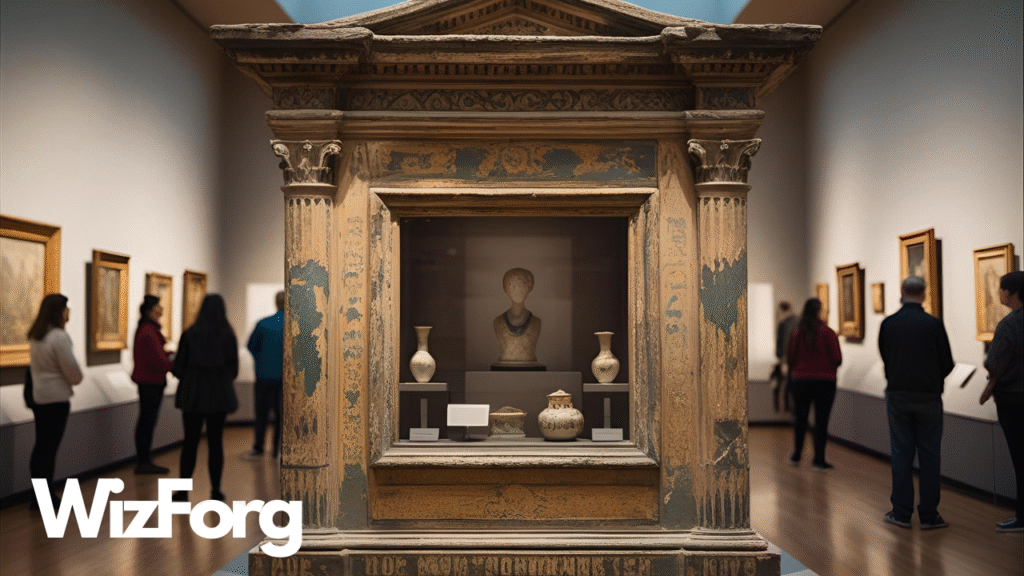When ancient temples crumble, historic statues weather, or palaces begin to sink, the solution may seem obvious—move them to a safer location. But if the object in question is a national treasure, relocating it is rarely allowed. Even when it’s falling apart, moving a culturally significant artifact or monument can be considered illegal, unethical, or even a crime in many countries.
So why is it so hard to move a national treasure, even when the clock is ticking?
National Treasures Are More Than Objects
A national treasure isn’t just an artifact—it’s a symbol of identity, history, and collective memory. Whether it’s a centuries-old temple in Thailand, a Roman amphitheater in Italy, or a sacred totem in Canada, its location matters as much as its appearance.
Removing it from its original place can mean:
- Losing historical context
- Disconnecting it from cultural rituals
- Weakening its legal or spiritual protection
- Erasing indigenous or local connections
In short, where it stands is part of what it is.
Legal Protections Are Often Non-Negotiable
Most countries have strict laws in place to protect their cultural heritage. Moving or altering a listed monument without government approval can lead to:
- Heavy fines
- Criminal charges
- International backlash
In places like India, Egypt, and Greece, certain monuments are protected not just nationally but also under UNESCO World Heritage status. Moving them, even with good intentions, can violate international agreements.
The Danger of “Preserving” Through Removal
Sometimes, well-meaning institutions—especially from wealthier countries—have tried to move fragile items for preservation. However, that has sparked global debates about cultural appropriation and colonialism.
Think of:
- The Elgin Marbles, removed from the Parthenon, are now housed in the British Museum
- Sacred Native American artifacts taken to museums without tribal consent
- Entire facades of temples were shipped overseas piece by piece
Today, such actions are viewed as a preservation of sovereignty at the cost of autonomy.
Not Everything Survives a Move
Even when legally permitted, moving ancient objects is risky. Many are structurally fragile, too large, or embedded in their environments. A move could lead to:
- Cracks, collapse, or irreversible damage
- Lost inscriptions or weathered features
- Inability to reassemble or rebuild accurately
That’s why engineers and conservationists often stabilize on-site instead of relocating.
There Are Exceptions—But They’re Rare
Some treasures have been moved successfully, but only with massive effort, time, and political support.
One famous example is the Abu Simbel Temples in Egypt. In the 1960s, they were relocated—block by block—to avoid submersion by the Aswan Dam. It took years, international cooperation, and millions of dollars.
But that’s the exception, not the rule.
What Happens If It Falls Apart?
If a national treasure is in danger, governments and conservation experts often take emergency measures, like reinforcing structures, controlling erosion, or limiting public access.
But relocation remains a last resort, and often a controversial one. Letting it deteriorate is sometimes seen as more respectful than moving it.
Final Thoughts
When it comes to national treasures, the instinct to preserve by relocating can clash with centuries of cultural, legal, and spiritual significance. These monuments aren’t just things—they’re where they are for a reason. And sometimes, standing still, even in decay, is part of their legacy.
Love hidden cultural laws, history, and heritage politics?
Visit Wizforg.com and subscribe to our YouTube channel for more untold stories from around the world’s most protected places.



